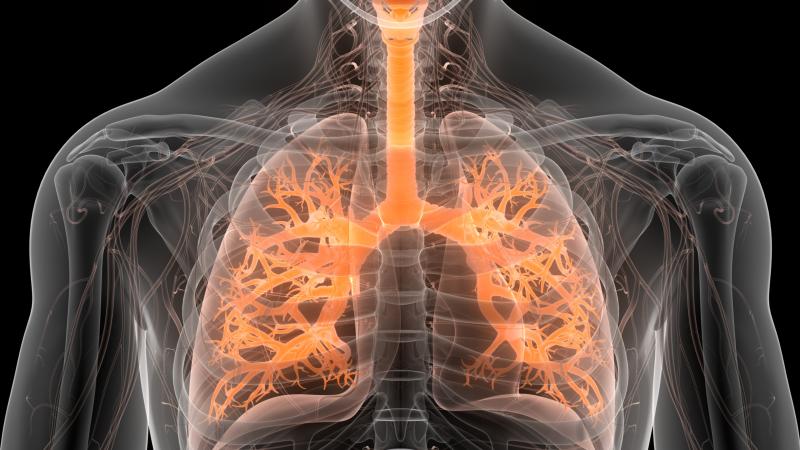National Science Foundation grant project holds promise for COVID research
June 1, 2022

A new project from Rensselaer Polytechnic Institute to develop a predictive model for how tiny virus particles behave in the lungs holds the potential to significantly impact COVID research. The fluid dynamics proposal was recently awarded a three-year National Science Foundation grant for $298,000.
Amir Hirsa, professor of mechanical, aerospace and nuclear engineering in the School of Engineering at Rensselaer, and Juan Lopez, professor in the School of Mathematical and Statistical Sciences at Arizona State University, received foundation funding to study how fluid flows on the surface of liquids, specifically the way model viruses traverse the moving liquid layers of the lungs.
“It is a phenomena that remains unmapped by scientists, in spite of its importance for COVID research and other areas,” said Dr. Hirsa. “It’s a tough problem. It’s a tough nut to crack.”
When complete, this project will establish a baseline for how particles behave, which could then be used to shape COVID therapies and test their efficacy.
“This is my passion. This is my obsession,” said Dr. Hirsa. “Literally, I’m obsessed with surface tension.” Hirsa has been focused on these principles since he was a Ph.D. student at the University of Michigan where he was writing his thesis on persistent ship wakes. “Back then, we did the experiments and we discovered that it had to do with interfacial films, the same kinds of interfacial films that cover our lungs,” said Dr. Hirsa.
In our bodies, the passage of materials across these interfacial films is made possible by lung surfactants, which regulate surface tension, protect lung structure, and serve as the first line of defense against airborne pathogens. Lung surfactants are critical to breathing. They are also the first casualty of the COVID virus. COVID attacks the alveoli cells that produce lung surfactants. Without surfactants, the alveoli sacs collapse, causing the lungs to fill with fluid.
With this entire process taking place in a space the diameter of three human hairs, research data isn’t accessible through physiological experiments. Instead, Dr. Hirsa and Dr. Lopez will turn to computer simulations to help them predict how the virtual virus particles will behave on these liquid covered surfaces. Joe Adam, a postdoc research associate at Rensselaer, will assist with the project. Adam will help with the physical system, which consists of three layers – the model virus particles, interfacial film, and receptors.
Once a successful computational model is created, researchers can apply what the team has learned about dilatational viscosity and surfactants to other materials, including bacteria and proteins.
“It’s satisfying to invent a new system that is infinitely scalable, making it possible to study everything from the ocean to alveoli,” said Hirsa. “In some ways, the work as a student studying wake and surface tension has come full circle. Sometimes little obsessions take a long time to satisfy.”